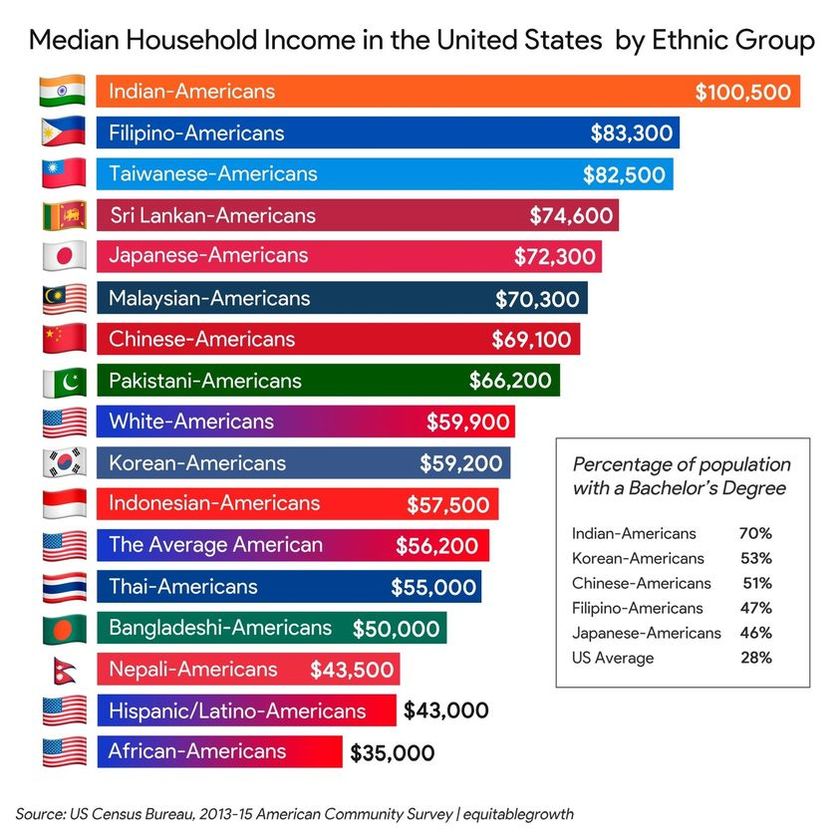I’m Mark Mills, senior fellow at the Manhattan Institute, for Prager University.
And tomorrow isn’t far off! ........…It’s time to wake up. You’re having a dream. Here’s the reality.
Oil, natural gas, and coal provide 84% of all the world’s energy. That’s down just two percentage points from twenty years ago.
And oil still powers nearly 97% of all global transportation.
Contrary to headlines claiming that we’re rapidly transitioning away from fossil fuels, it's just not happening. Two decades and five trillion dollars of governments “investing” in green energy and we’ve barely moved the needle.
This was supposed to be easy. Why is it so hard?
In a word: rocks.
To get the same amount of energy from solar and wind that we now get from fossil fuels, we’re going to have to massively increase mining.
By more than 1000%.
This isn’t speculation. This is physics.
Copper, iron ore, silicon, nickel, chromium, zinc, cobalt, lithium, graphite, and rare earth metals like neodymium. We need them all.
And then those metals and materials have to be turned into motors, turbine blades, solar panels, batteries, and hundreds of other industrial components. That also takes lots of energy, which requires even more mining.
As a World Bank study put it, these green “technologies … are in fact significantly more material intensive” than our current energy mix. That may be the understatement of the century: raw materials account for 50-70% of the costs to manufacture both solar panels and batteries.
Until now it hasn’t really mattered that much because wind and solar still account for only a few percentage points of the global energy supply. They’re an applause line for environmentalists—not a major energy player. And it’s unlikely they will be in the foreseeable future.
But for the sake of argument, let’s say we sharply ramp up mining. Where would these new mines be located?
Well, for one, China.
That country is today the single largest source for most of our critical energy materials. The United States is not only a minor player but is dependent on imports for 100% of 17 critical minerals. Do we want to give China more political and economic leverage? Europe has made itself dependent on Russia for 40% of its natural gas. How well has that worked out?
Ironically, we have all the minerals we need right here in North America.
But good luck trying to get them out of the ground.
Proposals to build mines in the United States and, increasingly almost everywhere else, meet fierce opposition if not outright bans. To give just one example, in 2022 the Biden Administration canceled a proposed copper and nickel mine in northern Minnesota. This was after years of delays, navigating a maze of environmental regulations.
Yes, the same environmentalists and green-leaning politicians who tout all the benefits of electric cars are the same people who make mining the materials essential to build those cars—like copper and nickel—all but impossible.
Try to square that circle.
So far, we’ve only talked about today’s energy needs. What about tomorrow’s?
Future energy demand will be far greater than today’s. That’s been true for the entire history of civilization. The future will not only have more people but also more innovations. And entrepreneurs have always been better at inventing new ways to use energy than to produce it.
It’s obvious but worth stating: Before the invention of automobiles, airplanes, pharmaceuticals, or computers, there was no energy needed to power them.
And as more people become more prosperous, they'll want the things others already have—from better medical care to vacations to cars.
In America, there are about 80 cars for every 100 citizens. In most of the world, it’s about five per hundred citizens.
Over 80% of air travel is for personal purposes. That’s two billion barrels of oil a year.
Hospitals use 250% more energy per square foot than an average commercial building.
And the global information infrastructure—the Cloud— already uses twice as much electricity as the entire country of Japan, the world’s third-largest economy. The massive data centers at the heart of the Cloud alone consume almost 10 times more electricity than the world’s 10 million electric cars.
E-commerce has taken off and is propelling record growth in warehouses, increasingly filled with energy-hungry robots. America’s truck freight index more than doubled in the past decade to deliver the goods to and from those warehouses.
These are today’s known trends. While we can’t predict the future, we can predict there’ll be more innovation—in robotics, drones, quantum computing, biotechnology. And new industries not yet imagined.
All of it will require more energy—a lot more.
Fossil fuels, nuclear energy, and yes, renewables will be required.
But if you think we can get it all from wind and solar, dream on.
There is a trend called MGTOW, I think this is something in which Feminists and Conservative can unite. Many MGTOW wrongfully think women are drugs not because they're addicting but because they're pricey and ruin lives.

Next time you hear the Progressive Caucus and woke warriors whining that the system is “rigged for white people”, show them the chart released by Republican Security Council FB page. The chart is about household median income per race group.
They are wrong, America is not "systemically racist,” and income is not "rigged" for any group of people. The United States is clearly the land of opportunity for those who work the hardest.
Asians Americans are understandably proud of their success and their families often prioritize education, discipline, and a strong work ethic. Moving to America didn't diminish the ingrained values of several generations.
Imran Hasan responded "From my personal experience as an immigrant for the last 20 years, I've never once felt the system was imbalanced in favor of white people.
"In fact, compared to many other countries, this is the only place that actively tries to eliminate imbalances."
According to surveys, many Asian families have employed tutors ...














